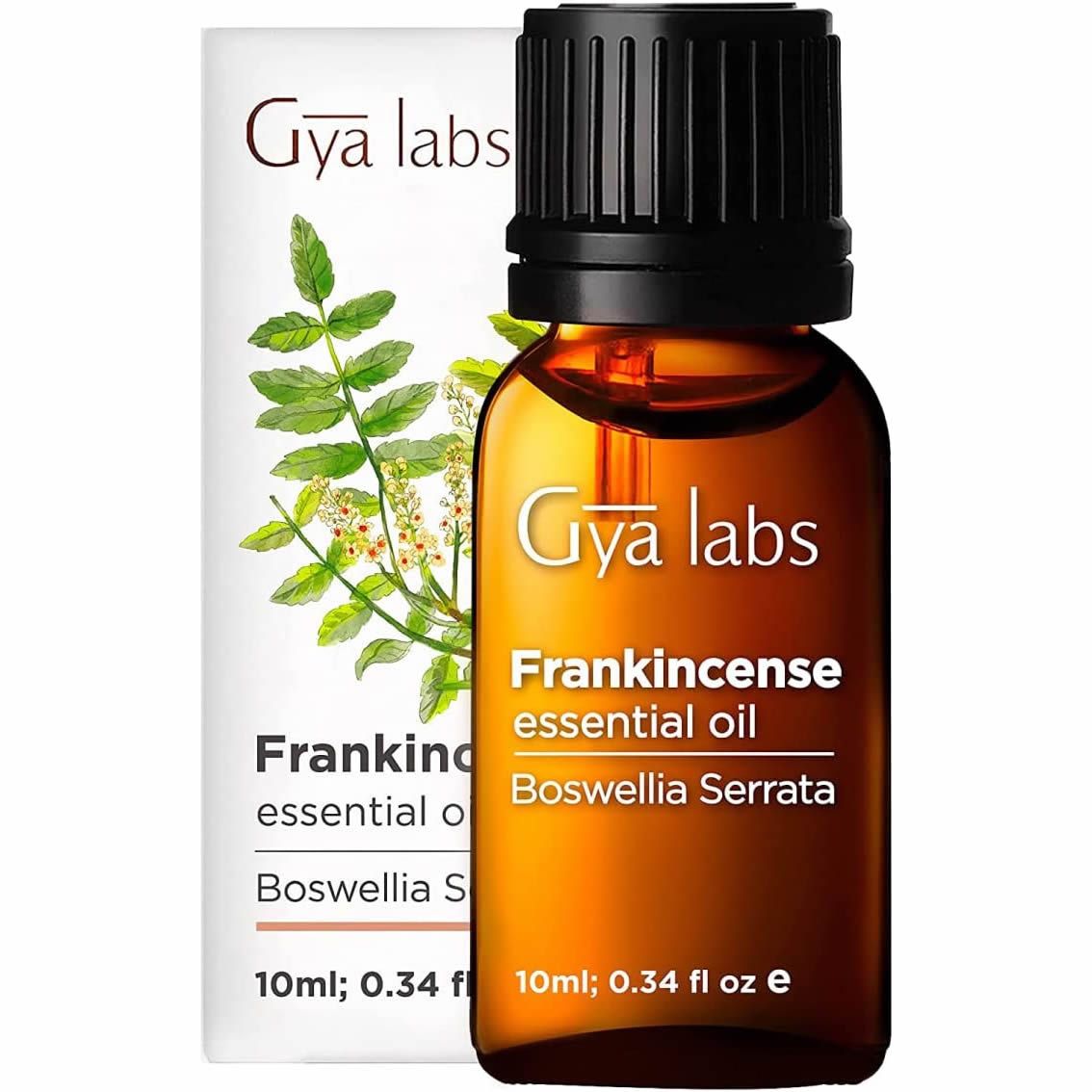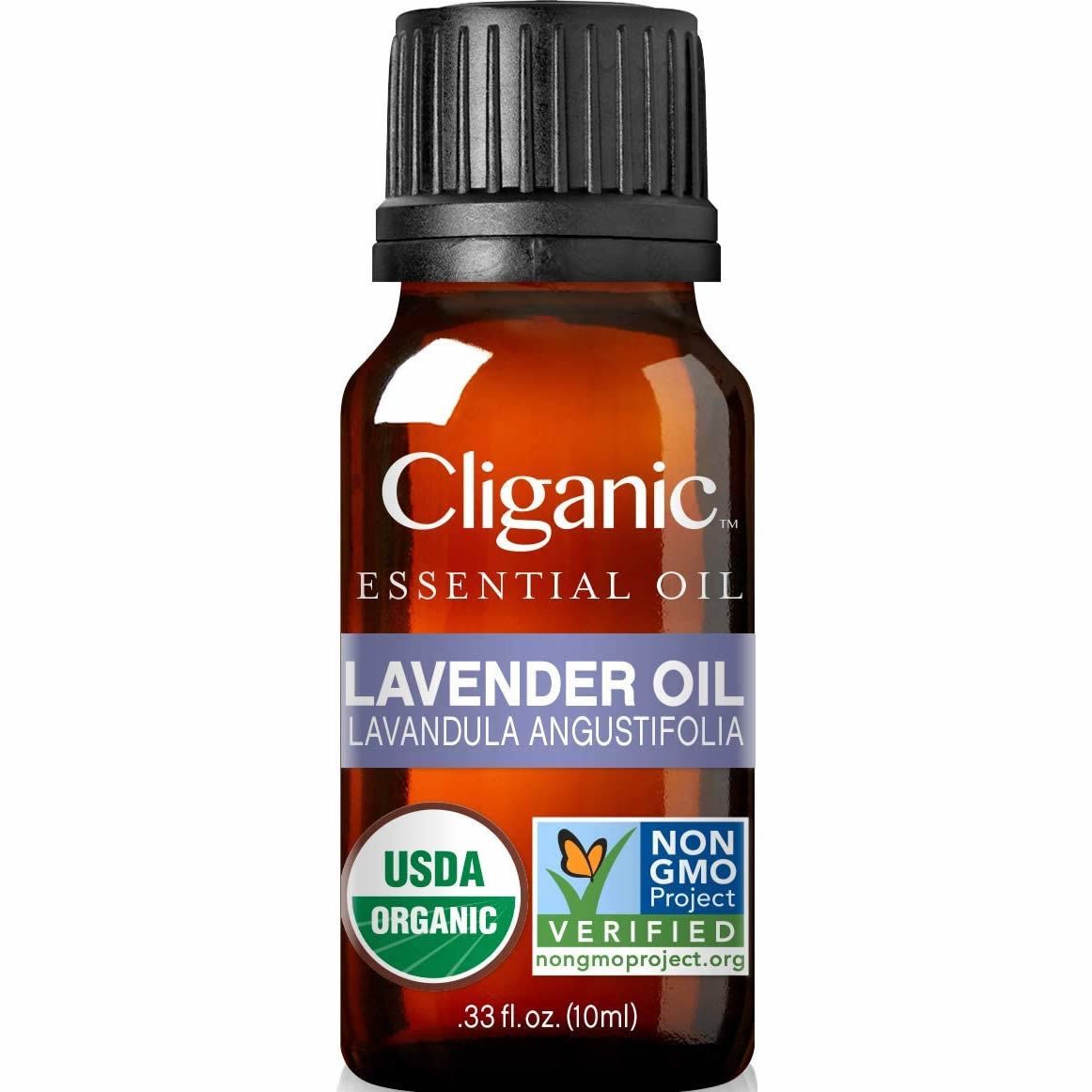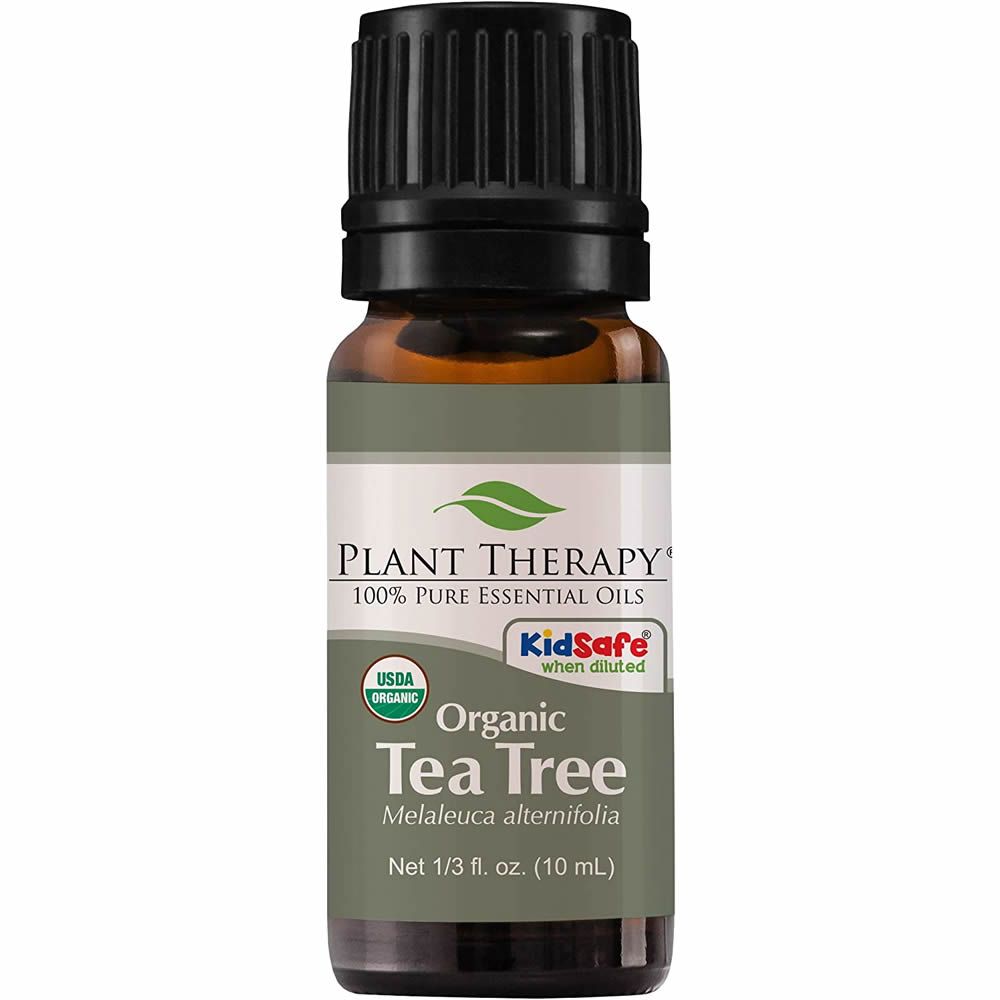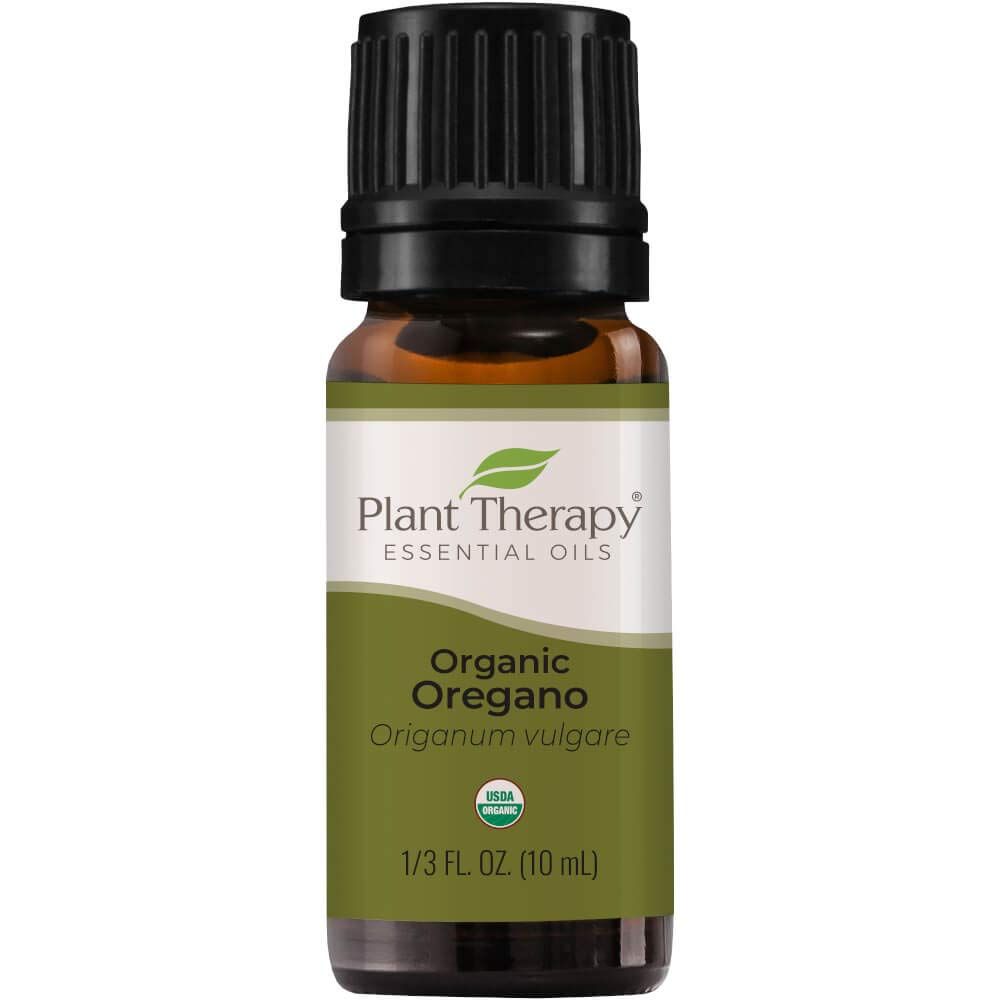Best Essential Oils for Warts to Holistically Heal your Skin
Warts are a common skin condition that can be bothersome and unsightly. Over-the-counter wart removal products are available, but many people prefer to use natural wart remedies like essential oils. In this blog post, we’ll explore the benefits of essential oils for warts and how they can help you get rid of them.
How Essential Oils Work on Warts
Essential oils are derived from plants, usually through steam distillation or cold pressing. They have been used for centuries as natural remedies for various ailments due to their anti-inflammatory and antibacterial properties. Some essential oils have also been found to be effective at treating warts by targeting the virus that causes them.
The most common essential oil used for treating common warts is tea tree oil, which has natural antiviral and antiseptic qualities that make it ideal for treating skin conditions like warts. Tea tree oil works by breaking down the wart’s outer layer of dead skin cells and weakening the virus within it. Other essential oils such as frankincense, lavender, and oregano may also be effective at treating warts due to their antiseptic properties.
How To Use Essential Oils For Warts
It’s important to note that while essential oils can be beneficial in treating warts, they should not be used on their own as a treatment; rather, they should be combined with other natural remedies or over-the-counter treatments approved by your doctor or dermatologist before applying them directly to your skin. Here are some steps for using essential oils safely:
- Dilute one drop of the chosen essential oil with 10 drops of a carrier oil. This will help prevent irritation from occurring when applied directly to the skin.
- Apply the diluted mixture directly onto the wart 2–3 times per day until it disappears completely (this could take anywhere from one week to several months depending on how large or deep-rooted your wart is).
- Cover with a bandage after each application if desired (this helps keep moisture in and dirt out).
- Monitor any changes to your wart's size/shape twice daily until you observe a decrease in size or color (this indicates that the treatment is working). If there is no change after two weeks then discontinue use immediately and consult a doctor or dermatologist about alternative treatments.
How Essential Oils Work on Warts
Essential oils are derived from plants, usually through steam distillation or cold pressing. They have been used for centuries as natural remedies for various ailments due to their anti-inflammatory and antibacterial properties. Some essential oils have also been found to be effective at treating warts by targeting the virus that causes them.
The most common essential oil used for treating common warts is tea tree oil, which has natural antiviral and antiseptic qualities that make it ideal for treating skin conditions like warts. Tea tree oil works by breaking down the wart’s outer layer of dead skin cells and weakening the virus within it. Other essential oils such as frankincense, lavender, and oregano may also be effective at treating warts due to their antiseptic properties.
How To Use Essential Oils For Warts
It’s important to note that while essential oils can be beneficial in treating warts, they should not be used on their own as a treatment; rather, they should be combined with other natural remedies or over-the-counter treatments approved by your doctor or dermatologist before applying them directly to your skin. Here are some steps for using essential oils safely:
- Dilute one drop of the chosen essential oil with 10 drops of a carrier oil. This will help prevent irritation from occurring when applied directly to the skin.
- Apply the diluted mixture directly onto the wart 2–3 times per day until it disappears completely (this could take anywhere from one week to several months depending on how large or deep-rooted your wart is).
- Cover with a bandage after each application if desired (this helps keep moisture in and dirt out).
- Monitor any changes to your wart's size/shape twice daily until you observe a decrease in size or color (this indicates that the treatment is working). If there is no change after two weeks then discontinue use immediately and consult a doctor or dermatologist about alternative treatments.
How We Downselected the Best Essential Oils for Warts
Although essential oils are gaining popularity in treating skin conditions, not all essential oils for warts are created equal. Some brands use harmful chemicals and artificial ingredients. We reviewed each oil for their benefits in effective treatment and downselected those that only use the highest quality, organic ingredients. Each oil has its own unique benefits that will ease the pain associated with warts, as well as promote healing and help maintaining healthy skin.
We hope you find your favorite essential oil for warts treatment from the list below! Each product was independently selected by our team. BiohackingBeat may collect a share of sales or other compensation from the links on this page if you decide to buy something (that's how we fund our research). Happy shopping!
Gya Labs Pure Frankincense Essential Oil
Why You Should Buy It
Frankincense oil is popular in skin care. Gya Labs Pure Frankincense Essential Oil is no exception- actually the perfect addition to a variety of skin conditions including warts. The oil inhibits key inflammatory molecules to relieve wart pain.
In addition to topical use, with its sweet and woody aroma, frankincense can make you feel instantly soothed and ease the pain.
Cliganic USDA Organic Lavender Essential Oil
Why You Should Buy It
Simply, Cliganic’s USDA Organic Lavender Essential Oil is a must in your essential oil collection for your healing journey. As warts get worsen, inflammation can occur. The anti-inflammatory property of lavendar essential oil helps boosing your immune system. Grab this pure oil and treat warts!
Plant Therapy Organic Tea Tree Oil
Why You Should Buy It
Looking for an organic, all-natural way to combat fungi? Look no further than Plant Therapy's Tea Tree Oil! This oil is harvested from the gentle streams of New South Wales and has been used by local tribes for healing for centuries. Accelerate your body to heal by the antifungal property of tea tree oil [1][2]. Tea tree oil is also known for treating acne, dandruff, athele's foot, lice eggs, and nail fungus. Mix a few drops with carrier oils such as coconut oil and olive oil.
(Do not take tea tree oil orally)
If you are interested in other benefits of tea tree oil, mix a few drops with warm water to create purifying steam that can cleanse your nasal passages. Tea tree essential oil is also known for its antiviral and antimicrobial properties, making it a great way to keep your family healthy during cold and flu season.
Product Highlights
Plant Therapy takes quality seriously. That's why every bottle of oil goes through multiple rounds of testing, including organoleptic testing and GC-MS testing by several third-party laboratories. Their Tea Tree oil is steam distilled from Melaleuca alternifolia leaves, a plant only found in Australia. This produces a USDA Certified Organic raw essential oil without any additives. It is also a KidSafe product that can be diffused, diluted and even mixed with other oils. So, you can be confident that you're getting a pure, high-quality product when you choose Plant Therapy.
Plant Therapy Organic Oregano Essential Oil
Why You Should Buy It
Looking for a versatile essential oil? Meet Plant Therapy's Organic Oregano Essential Oil! This powerful oil has a host of benefits, from boosting immunity to relieving sinus pressure.
Oregano essential oil is known for its anti-inflammatory property [3] that benefits wart treatment. Oregano essential oils are also used for antibacterial, antifungal, and antioxidant purposes as well. Take advantage of this all-rounder oil for faster healing!
Make sure to dilute with a carrier oil such as coconut oil to avoid skin irritation.
Product Highlights
Plant Therapy is committed to providing the highest quality essential oils. That's why every bottle of oil they sell undergoes multiple rounds of testing, including organoleptic testing and GC-MS testing by several third-party laboratories. Their oil is no exception. This 100% pure, undiluted, therapeutic grade essential oil is steam distilled from the dried aerial parts of the oregano plant. Oregano oil has a very potent warm, spicy herbaceous scent. It should not be diluted higher than 1%. If you're looking for an essential oil with a powerful scent, look no further than their oregano oil!
FAQs
What is Wart?
Wart is a type of skin infection by human papillomavirus (HPV). Most common locations of wart formation are hands, but potential affected area includes feet, face, knees, and genital .
Is Wart Contageous?
Wart is contageous. HPV that causes warts can spread through close skin to skin touching. The virus enters through broken skin and form a wart.
How do you dilute essential oils?
A carrier oil should generally be used when diluting therapeutic grade essential oils for topical use. A carrier oil is an oil that is healthy for the skin and helps to dilute the essential oil so that it can be applied safely. Some good choices for carrier oils include coconut oil, avocado oil, jojoba oil, sweet almond oil, and grapeseed oil.
The oil mixture should be stored in a glass container away from direct sunlight.
Best Wart-Related Essential Oils for You
All in all, using essential oils for common wart is an effective treatment for this pesky skin condition without resorting to harsh chemicals or costly medical procedures. Just make sure you dilute your chosen oil properly before applying it topically and follow advice from your doctor's office if you don't see any results after two weeks of treatment. With patience and consistency, these natural remedies will help you regain control over your skin health! Good luck!
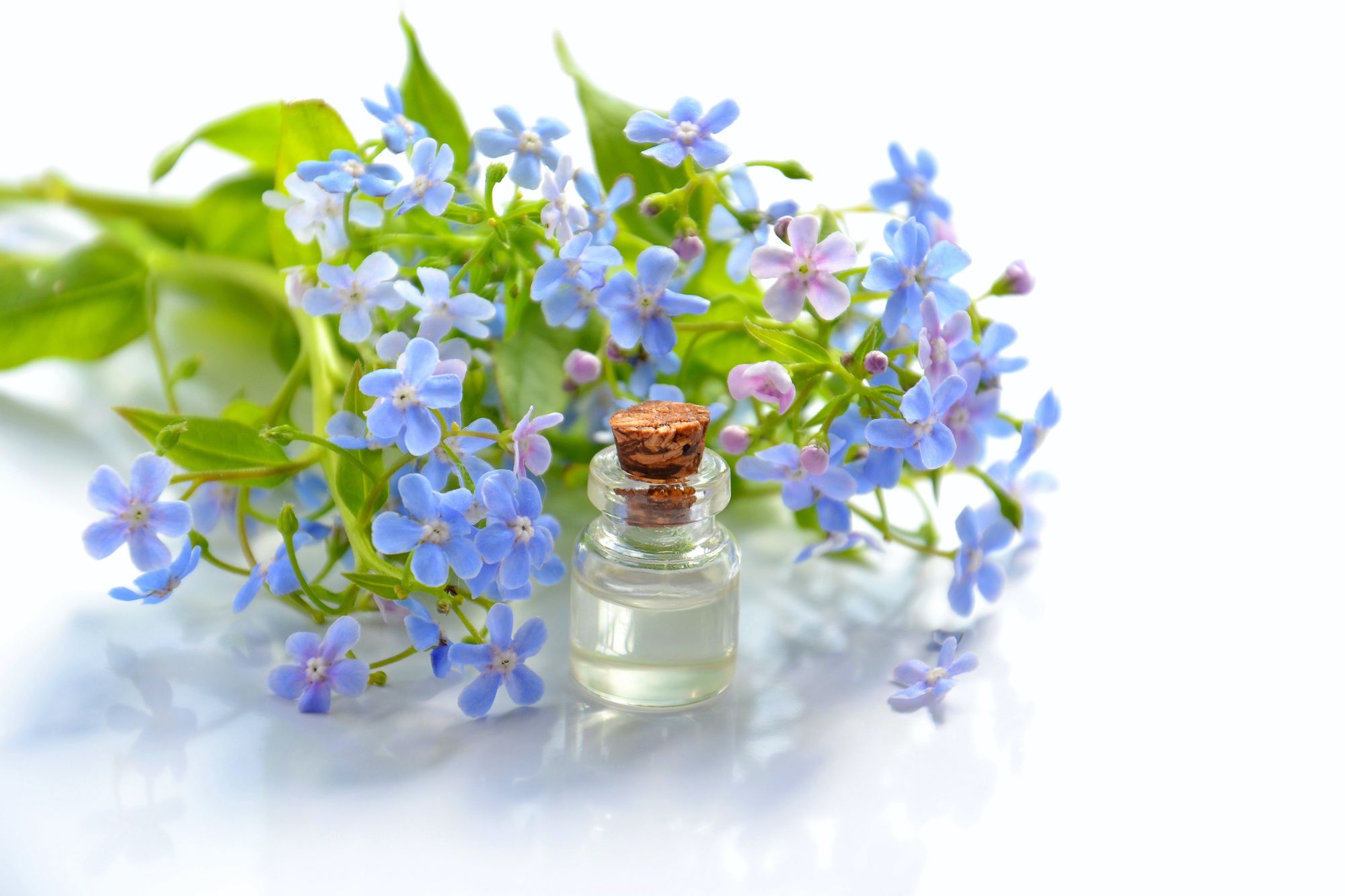
References
[1] Hammer K, Carson C, Riley T. Antifungal activity of the components of Melaleuca alternifolia (tea tree) oil. J Appl Microbio. 2003;95:853–860. [PubMed] [Google Scholar]
[2] Cross SE, Russell M, Southwell I, Roberts MS. Human skin penetration of the major components of Australian tea tree oil applied in its pure form and as a 20% solution in vitro. Eur J Pharm Biopharm. 2008;69:214–222. [PubMed] [Google Scholar]
[3] Leyva-López N., Nair V., Bang W.Y., Cisneros-Zevallos L., Heredia J.B. Protective role of terpenes and polyphenols from three species of oregano (Lippia graveolens, Lippia palmeri and Hedeoma patens) on the suppression of lipopolysaccharide-induced inflammation in raw 264.7 macrophage cells. J. Ethnopharmacol. 2016;187:302–312. doi: 10.1016/j.jep.2016.04.051. [PubMed] [CrossRef] [Google Scholar]


